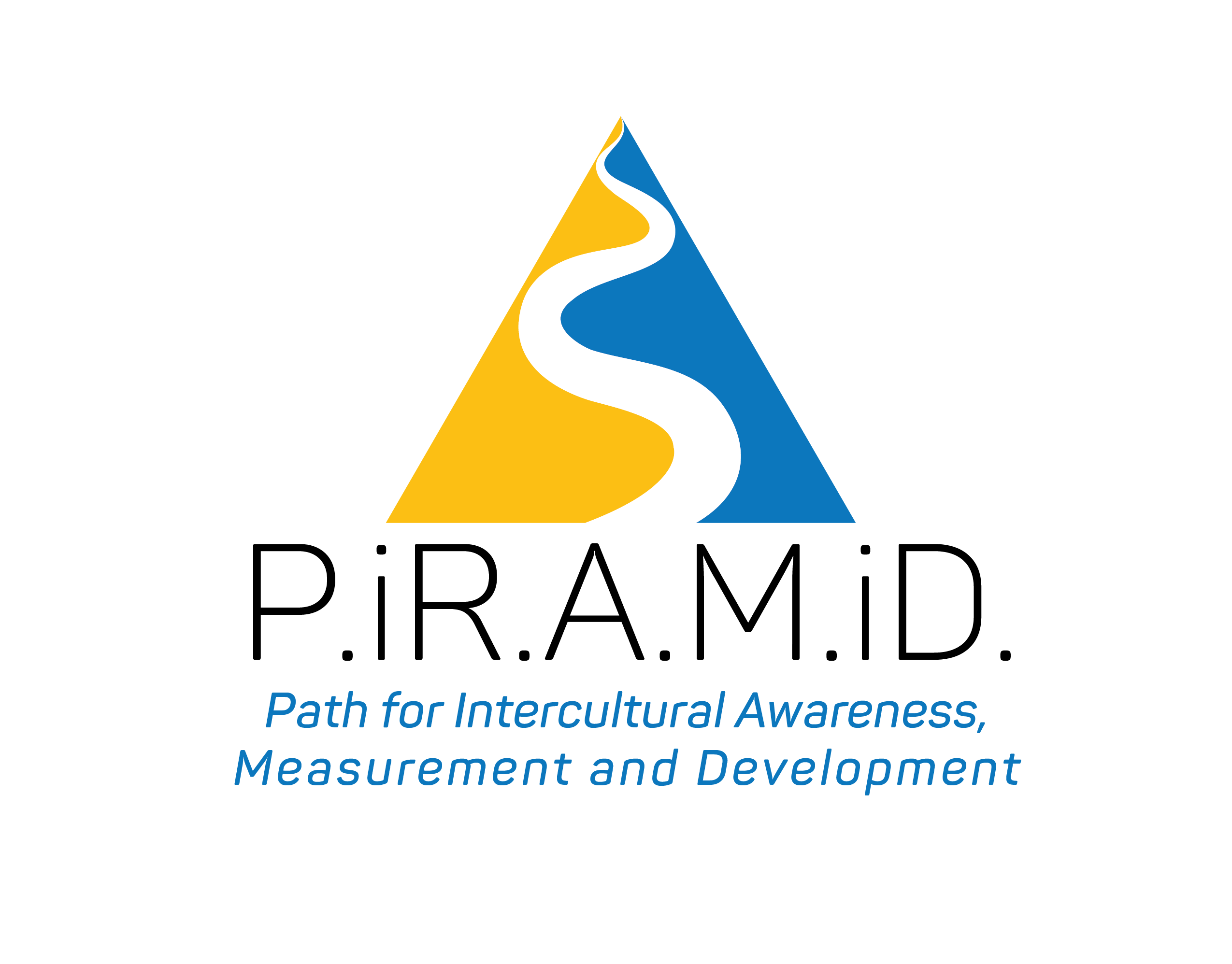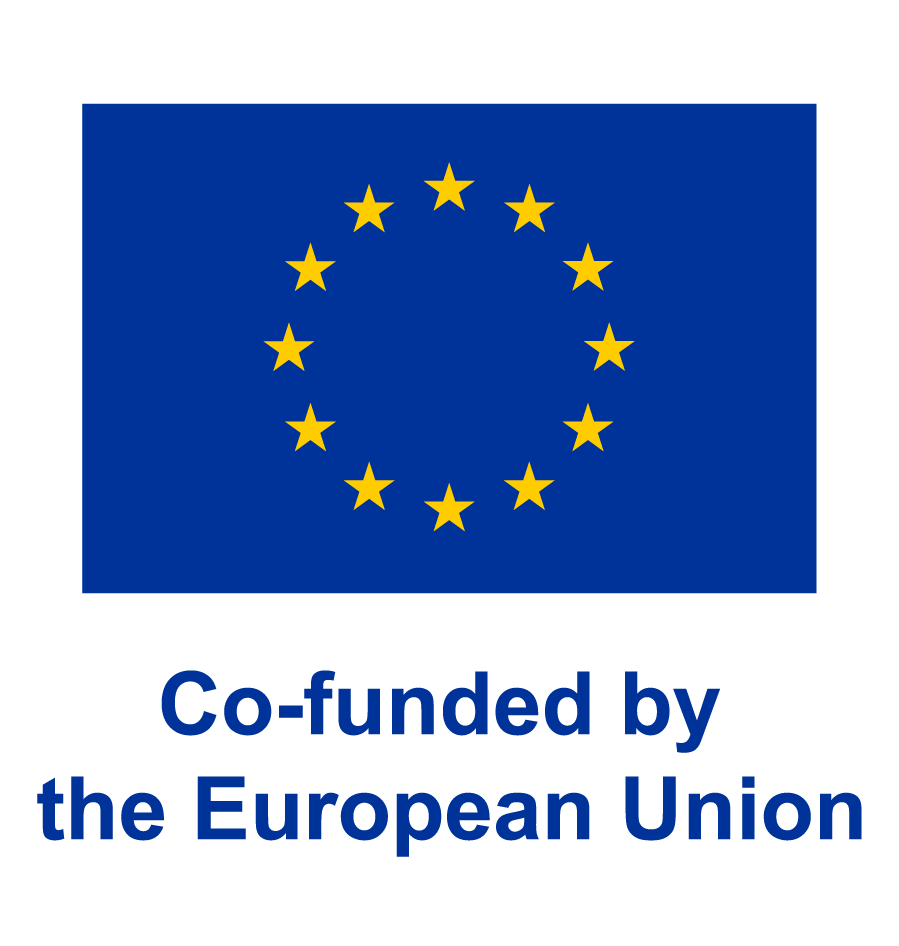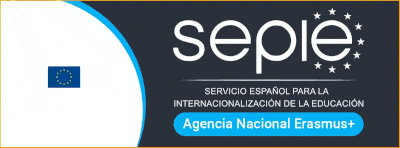This website use cookies to ensure you get the best experience on our website

P.IR.A.M.iD
2023-1-ES01-KA220-VET-000157060
Cultural Diversity: A Course for students
22 November 2024

In our rapidly globalising world, understanding and appreciating cultural diversity has never been more essential. The P.iR.A.M.iD. Project is currently developing a new course that will provide students with a unique opportunity to explore the fascinating complexity of cultural interactions. With a focus on three cultural types by Richard D. Lewis—multi-active, linear-active, and reactive—this course guides students through the intricate dynamics of communication, collaboration, and decision-making. Students will emerge with a toolkit for connecting across cultures with empathy, flexibility, and confidence.
The course examines three core cultural types that shape how individuals perceive the world, communicate, and work with others. Each cultural type reflects unique perspectives and priorities:
Multi-Active Cultures: People are relationship-centred and often prioritise interpersonal connections over strict schedules. These cultures thrive on lively discussions, emotional expression, and flexibility, making interactions dynamic and warm.
Linear-Active Cultures: Emphasise organisation, efficiency, and structure. Individuals from these cultures often prefer a systematic, task-oriented approach. They tend to follow a set schedule and value thorough planning over improvisation.
Reactive Cultures: Place a high value on harmony, respect, and thoughtful listening. Individuals in those cultures often prefer to respond after careful consideration, fostering a sense of collective respect.
Central to the course is an engaging set of stories featuring characters who embody each cultural type. These characters serve as guides through cultural dynamics, revealing how each type navigates work, relationships, and social situations. Through their stories, students will experience how multi-active, linear-active, and reactive mindsets influence communication styles, time management, and social interactions.
These narratives not only offer a window into each culture but also highlight the richness that diversity brings to our global community. By examining how each character approaches challenges and relationships, students develop an appreciation for different perspectives, which is key to successful intercultural collaboration.
This course doesn’t just inform—it empowers. Through hands-on discussions, reflection exercises, and vivid stories, students gain practical tools to connect with others across cultural divides. As they work through the material, they will learn to:
Adapt Communication Styles: By understanding the nuances of each cultural type, students can tailor their communication style to build relations more effectively.
Delegate with Cultural Awareness: Each cultural type brings distinct strengths to the table.
Create Inclusive and Collaborative Environments: Collaboration across cultures requires respect for each unique perspective.
As students reach the course’s end, they’ll leave with a profound understanding of cultural diversity—not only as a concept but as a powerful tool for personal and professional growth. Whether they are working on international projects, managing diverse teams, or engaging in cross-cultural negotiations, students will be better equipped to appreciate and harness the value of cultural diversity. They’ll be able to create stronger, more resilient teams by recognizing and valuing these differences.
In the interconnected world we live in, cultural awareness is a skill that opens doors to more meaningful relationships, enriched experiences, and successful careers. With the knowledge gained from the P.iR.A.M.iD. Project’s course, students will be prepared to lead with respect, collaborate with empathy, and contribute to a world where diverse perspectives are not only understood but celebrated.
References: Richard D. Lewis, “Categorizing Cultures” in: When cultures collide:Leading across cultures 3rd ed. Nicholas Brealey International, 2006, pag. 29-32

This project has been funded with support from the European Commission.
This publication reflects the views only of the authors, and the Commission cannot be held responsible for any use which may be made of the information contained therein.
